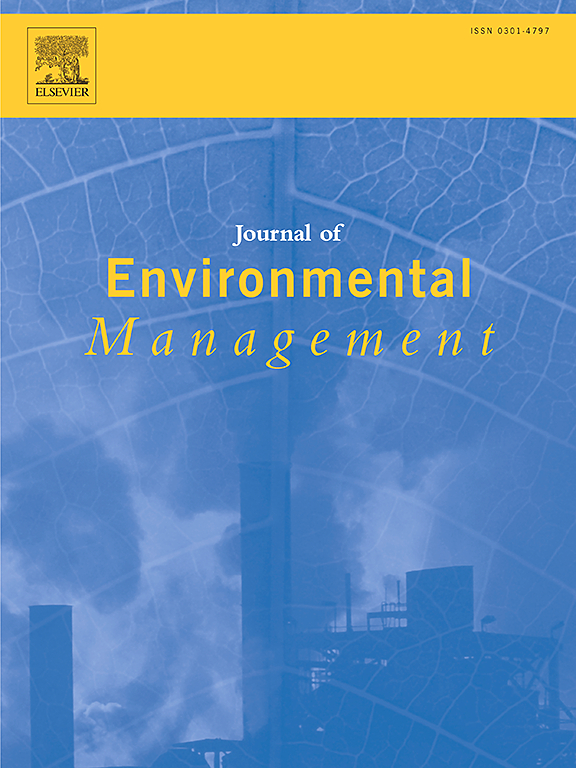- Department:(Dept. 2) Community and Ecosystem Ecology
Synergistic Oxidative Stress of Co-Occurring Cyanobacterial Bloom and Invasive Fish on an Endangered Macrophyte
Facilitation of Lake Eutrophication by Altered Feedback Loops Between Submerged Macrophyte Vegetation and Phosphorus Retention

Eco-evolutionary feedbacks under artificial light at night
Light-Driven Changes in Macrophyte Tissue Quality Affect the Composition of Associated Microbial Communities

Towards transformative change for biodiversity: What can we learn from case studies in Germany?
The authors analysed 22 case studies of biodiversity-enhancing societal processes and projects in Germany to identify barriers and success factors, as well as features that support transformative change towards sustainability and the mainstreaming of biodiversity. They identified 16 features that support transformative change for biodiversity, many relevant beyond Germany.

Testing Macrophyte-Based Assessment Tools Developed Under the EU Water Framework Directive for Application in a Caucasus Region Country (Armenia)
A social network analysis of the European science–policy–society interface on biodiversity

Environmental effects of the Kakhovka Dam destruction by warfare in Ukraine
A systematic map of hydropower impacts on megafauna at the land-water interface

A population Monte Carlo model for underwater acoustic telemetry positioning in reflective environments
In study areas near acoustically reflective surfaces, reflected transmissions may cause large detection outliers that reduce the accuracy of telemetry positioning. A novel time-of-arrival model is presented. This allows for positioning of aquatic animal in acoustically challenging study areas. It provides good measures of positioning uncertainty and is useful for fine-scale telemetry.





